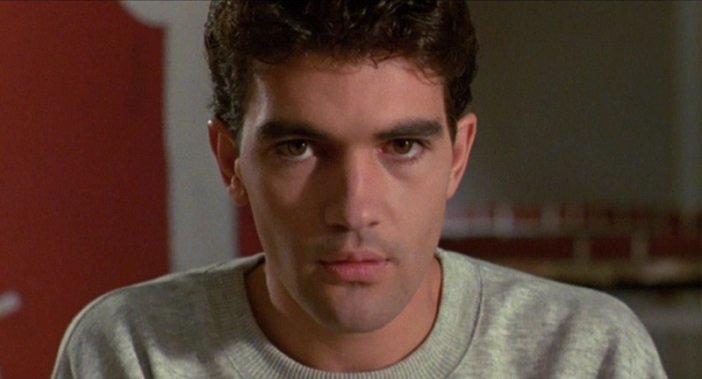
Every director has to start somewhere. Some directors discovered and figured out their style and obsessions along the way, and some have it from the beginning. For the most part, everybody has to start small and work their way up, just like in any other profession.
However, it’s always unique to look back at the director’s films before they had their big breakout and see who they were at those given points. Here are 10 great films made by directors before they were famous.
1. The Birthday Party (1968, William Friedkin)
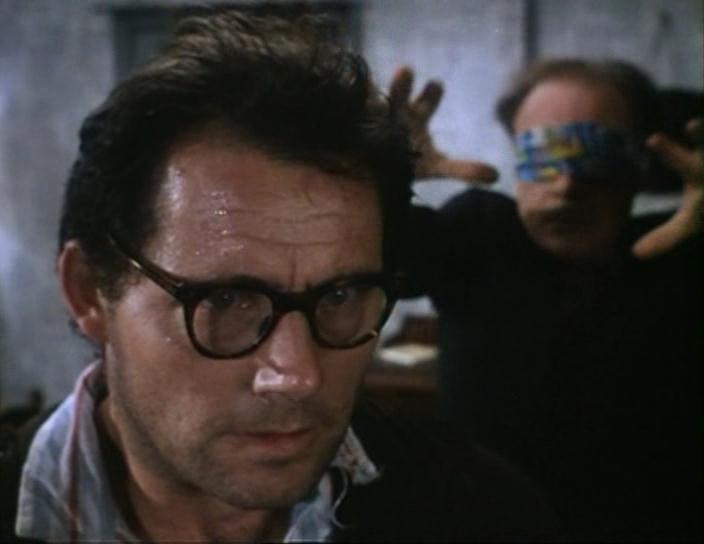
Before he got the advice from Howard Hawks to make movies for true Americans, William Friedkin directed four features before “The French Connection.” The films were mostly from renowned plays and from the arthouse circuit, one of them being Harold Pinter’s “The Birthday Party” from 1957.
The play was successful but the film was overlooked, but not the talent of Friedkin on display. Pinter’s comedy of menacing dialogue and rapid firing led by Robert Shaw matches this director’s early filmography. With almost every line of dialogue or point expressed, Friedkin changes the camera angle, lifting it from its theatrical setting. He avoids typical play adaptations with actual filmmaking.
On the narrative side, this story about strangers in a strange house in a cat and mouse sought of game clearly worked. But this film could have sunk if it wasn’t for Friedkin’s passion and showing the audience that he can keep a film that takes place in one location at relenting speed with never a dull moment.
2. Killer’s Kiss (1955, Stanley Kubrick)
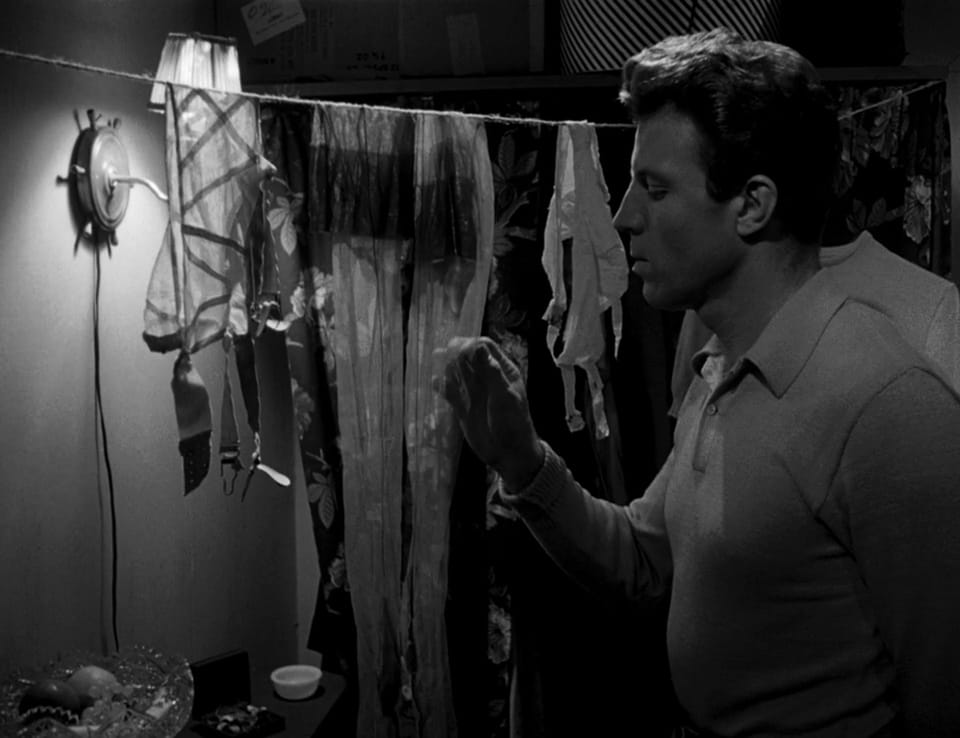
The first real production by Kubrick as he disowned and called his first do-it-yourself film “Fear and Desire” a failed attempt, Kubrick showed his true talent here. One must never forget that he started out as a photographer, so he begins to capture the composition, lighting, and framing in this film.
One can easily label it a film noir in the 1950s, but take a couple of scenes that show Kubrick truly developing his talent. When lead Jamie Smith lingers at Grand Central Station, the film is literally a series of crispy, stark black-and-white photographs, with that tough guy existentialism voiceover. Or take when a chase occurs toward the end of the film and we enter a room full of mannequins. It’s slightly difficult not to think of some future classics like “A Clockwork Orange” or “The Shining.” Kubrick makes a simple setting and transcends it to memorable scenes.
Clocking in at just over an hour, Kubrick truly shows talent and makes a great film that is sadly rarely talked about in his filmography, especially since it’s his true debut film with an actual cast and crew. The film holds up, but is sadly overlooked in this master’s body of work.
3. Medicine for Melancholy (2008, Barry Jenkins)
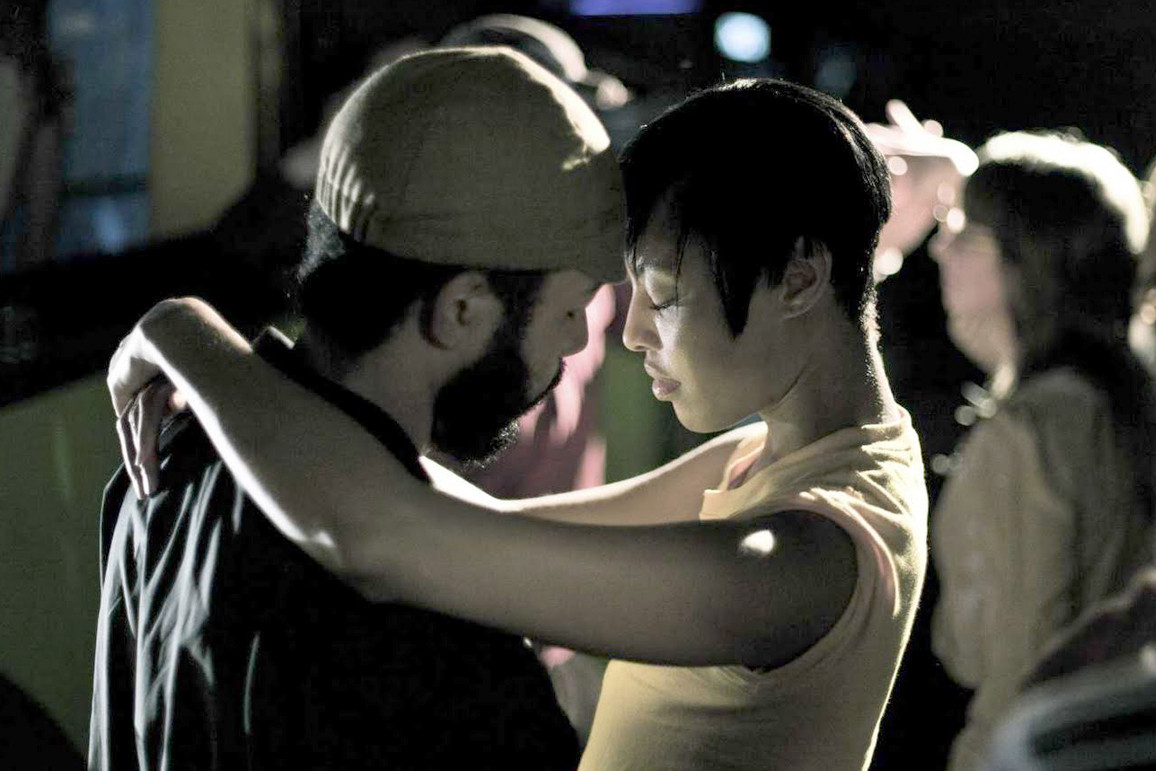
Barry Jenkins decided to make this standout film, a film made with true independence for $15,000. Sure, it was another eight years before his breakout “Moonlight,” but one can see the passion, dedication, and raw talent to tell stories about black people in a certain time and space.
Since the film chronicles the day after two 20-year-olds have a one night stand, we see the point of views from two African-Americans in the rapidly gentrifying San Francisco. The film is definitely a two-hander with engaging dialogue and great performances, but it’s how Jenkins makes beautifully imagery with regular DP James Laxton on a digital camera. He makes the most from the smallest amount of resources, and the film never suffers. It actually increases in craft, such as with the colors of the shirts, which correlate to the character’s moods and emotions.
The film never has a dull moment and one can definitely see the talent Jenkins displayed here. He received recognition from the indie community, but sadly it took almost a decade for everyone else to appreciate this filmmaker. And now, we can appreciate this film.
4. Summer with Monika (1953, Ingmar Bergman)
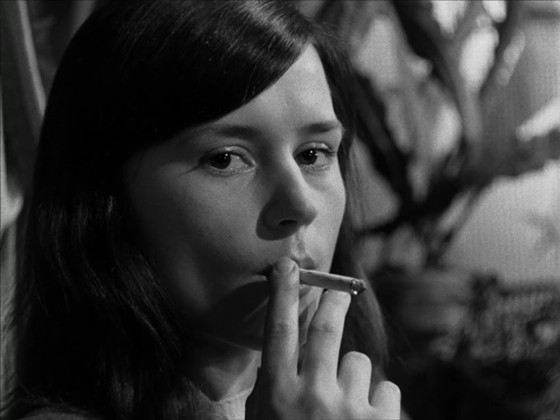
A few years before “Smiles of a Summer Night” and his two-year film streak of “The Seventh Seal” and “Wild Strawberries,” Bergman clearly started to shape the way he was with this great film starring Harriet Andersson.
At the time of its release, it was notorious for its nudity, but still resonated as a great film as it does today. We witness Andersson’s Monika over the course of a summer. Despite the summer atmosphere, the bleakness and heaviness of Bergman never looms away; take any frame shot by Gunnar Fischer and you can clearly get the sense of this.
It’s Andersson’s performance from young girl falling in love, to a woman with a despair and dark ridden future, as we jump ahead and back in Stockholm for the ending of the film that really hits the viewer hard. Bergman was making a coming-of-age story of a young woman, but the isolation and images filled with foreshadowing despair show the film’s true colors.
It’s a very engaging watch but filled with melancholy after each subsequent viewing, which makes it even a more powerful film and one that shows Bergman’s talent before he became the filmmaker he was.
5. Story of a Love Affair (1950, Michelangelo Antonioni)
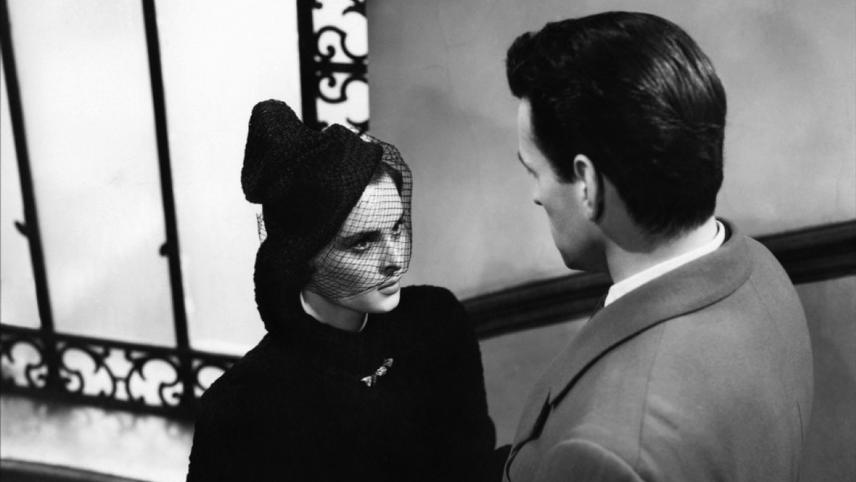
The beginning of his career and a full decade before “L’Avventura,” Antonioni already began exploring the discontent and isolation of a couple in modernizing Italy. Whether one decides to classify it as a neorealist, film noir, or new territory, Antonioni made a film that incorporates all these elements and begins his search for his cinema.
The story tells the tragic affair between two lovers, as one can guess from the title, but the visual style, pacing, and camera movement makes this film stick out. Of course, you are seeing Italy post-World War II and shadows from the noir movement, but it’s the connection between Lucia Bose and Massimo Girotti that makes this film stand out.
From their conversations involving shame, regret, and memory where the camera never cuts but pans with them establishing new setups, we see a great film unravel. Antonioni clearly knew what he wanted to say and express and it’s these scenes where he starts to feel his true filmmaking emerge.
Antonioni continued to explore these themes over the decade and succeeded fairly well with “Le Amiche” and “Il Grido,” but it’s his debut a full decade before his artistic prowess emerged that deserves attention as well.